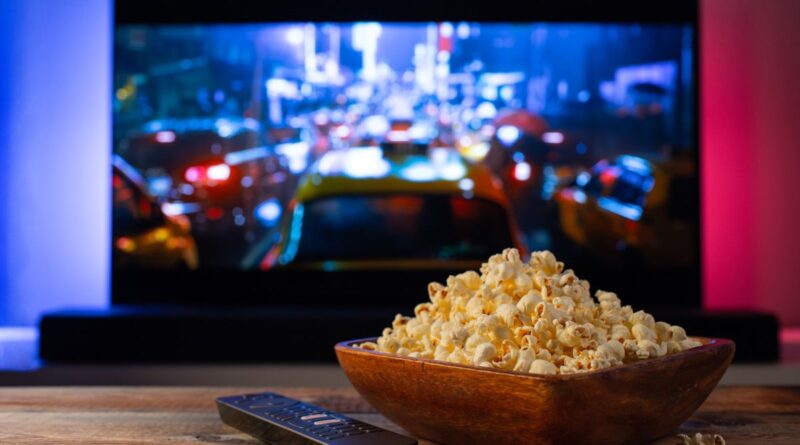A TV card offers an alternative way to watch television without a traditional decoder. It’s a small device that you can install in your computer, allowing you to receive and watch TV channels directly on your PC screen. Think of it as having a mini TV station right inside your computer! Let me explain how it works and what benefits it can bring to your entertainment setup.
Spis treści:
What Is a TV Card?
A TV card is a hardware component that functions as a television tuner inside your computer. It can receive various types of television signals, including digital (DVB-T/T2) and, in some cases, satellite (DVB-S) or cable (DVB-C) broadcasts. You can install it in your PC’s PCI or PCI-E slot, though external USB versions are also available. The card comes with an antenna input that you connect to your regular TV antenna or cable outlet, just like you would with a standard TV set.
How Does It Work?
When you install a TV card, it works together with special software that turns your computer into a fully functional television receiver. The card captures the TV signal, processes it, and displays it on your monitor. Most TV cards come with additional features that regular decoders don’t offer, such as the ability to record programs directly to your hard drive, pause live TV, or even stream content to other devices on your home network. The software usually includes an electronic program guide (EPG) that helps you navigate through available channels and schedule recordings.
Advantages Over Traditional Decoders
Using a TV card instead of a decoder offers several unique benefits. First, it eliminates the need for a separate device, saving space and reducing cable clutter. You can watch TV while working on your computer, easily switching between tasks. The recording functionality is particularly valuable – you can save shows directly to your hard drive in digital format, making it simple to archive your favorite programs or edit them later. Additionally, many TV cards support multiple tuners, allowing you to watch one channel while recording another.
Technical Requirements
To successfully use a TV card, your computer needs to meet certain specifications. You’ll need a relatively modern PC with at least 4GB of RAM and sufficient processing power to handle video decoding. Storage space is also important, especially if you plan to record shows – one hour of HD content can take up to 4-6GB of space. Make sure your computer has an available PCI or PCI-E slot for internal cards, or a USB port for external tuners. The quality of your antenna and signal reception in your area will also affect the performance.
Common Challenges and Solutions
While TV cards offer many advantages, you might encounter some challenges during setup and use. Signal quality issues can usually be resolved by repositioning your antenna or using a signal amplifier. If you experience software conflicts, updating your drivers and TV card software to the latest versions often helps. Some users report initial difficulties with channel scanning and setup – in such cases, consulting the user manual or online forums specific to your TV card model can provide helpful solutions.
